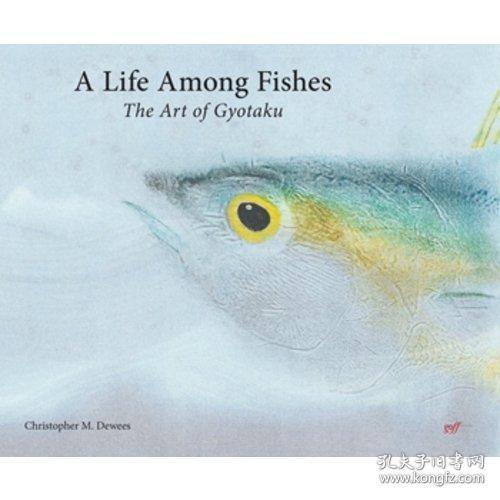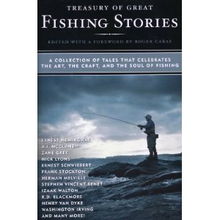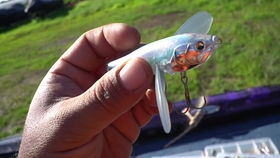Content:
River fishing is an enjoyable and challenging activity that requires patience, skill, and knowledge. One of the most crucial aspects of successful river fishing is selecting the right bait. The right bait can make the difference between a fruitful fishing trip and a frustrating one. In this article, we will discuss the essential techniques and tips for choosing the right bait for river fishing.
Understand the fish species
Before selecting the bait, it is essential to understand the fish species you are targeting. Different fish species have varying preferences when it comes to food. For instance, some fish may prefer live bait, while others may be more attracted to artificial lures. Research the species you are targeting and learn about their feeding habits and preferences.
Choose the right type of bait
Once you have identified the fish species, it is time to choose the right type of bait. Here are some common types of bait used for river fishing:
a. Live bait: Live bait, such as worms, minnows, and leeches, can be highly effective for catching fish. Live bait is particularly useful for species that are known to feed on natural prey. To use live bait, ensure that it is fresh and lively.
b. Artificial lures: Artificial lures, such as spinners, jigs, and flies, can mimic the movement and appearance of natural prey. These lures are ideal for species that are attracted to visual stimuli. When using artificial lures, experiment with different colors, sizes, and styles to find the most effective combination.
c. Soft plastics: Soft plastics, such as worms, grubs, and lizards, are versatile and can be used for various fish species. These baits are often scent-infused and can be rigged in various ways to mimic different movements.
Consider the water conditions
The water conditions, such as temperature, clarity, and flow rate, can significantly impact the effectiveness of your bait. Here are some tips to consider:

a. Temperature: Fish are more active when the water temperature is within their preferred range. During colder months, use larger and heavier baits, while in warmer months, lighter and smaller baits may be more effective.
b. Clarity: In clear water, fish may be more cautious and less likely to bite on large or bright baits. In this case, use smaller and more natural-looking baits. In murky water, brighter and larger baits may be more effective.
c. Flow rate: Fish may be more concentrated in areas with slower flow rates. Use baits that can be easily carried by the current, such as live bait or lightweight artificial lures.
Pay attention to the fishing technique
The way you present your bait can also impact the effectiveness of your fishing. Here are some tips to consider:
a. Retrieve: When using artificial lures, experiment with different retrieves to mimic the natural movement of prey. For live bait, let it drift naturally with the current.
b. Presentation: Ensure that your bait is presented in a way that is appealing to the fish. For example, if you are fishing for bass, present your bait near structure, such as rocks or logs, where bass often lurk.
c. Patience: Be patient and give the fish time to respond to your bait. Sometimes, it may take a few minutes or even hours before you get a bite.
In conclusion, mastering the art of river fishing requires a combination of knowledge, skill, and practice. By understanding the fish species, choosing the right bait, considering the water conditions, and paying attention to the fishing technique, you can increase your chances of success. Remember to always practice ethical fishing and respect the environment and other anglers. Happy fishing!












